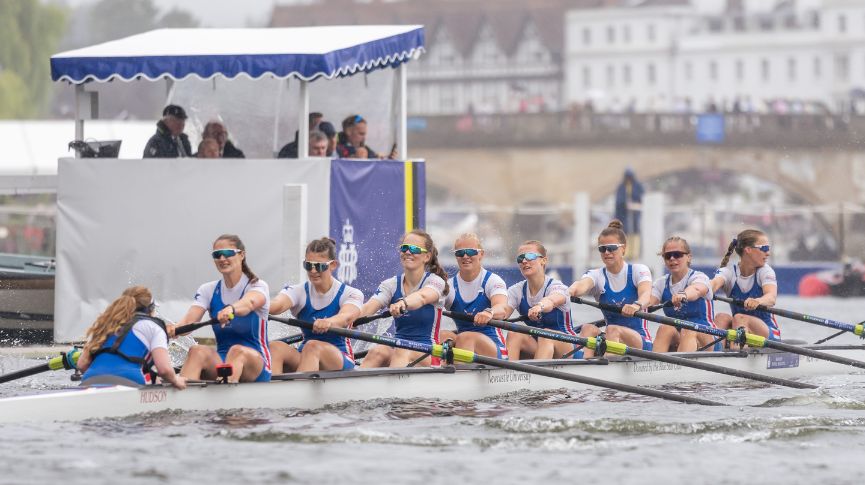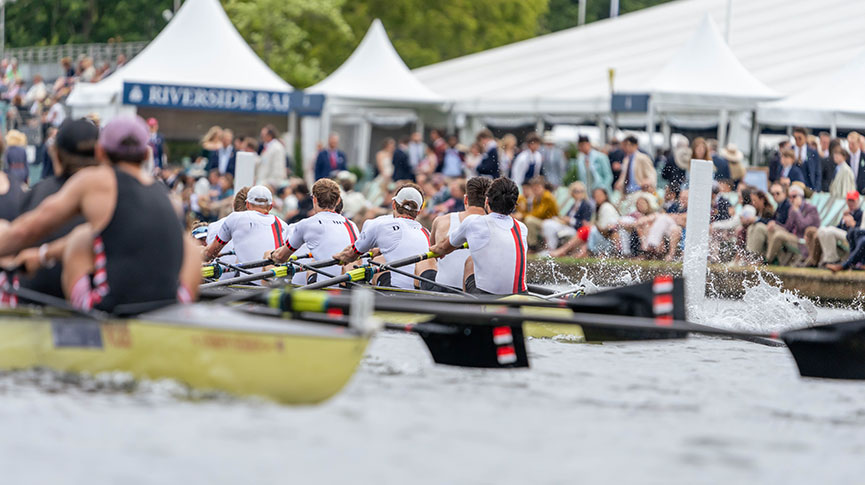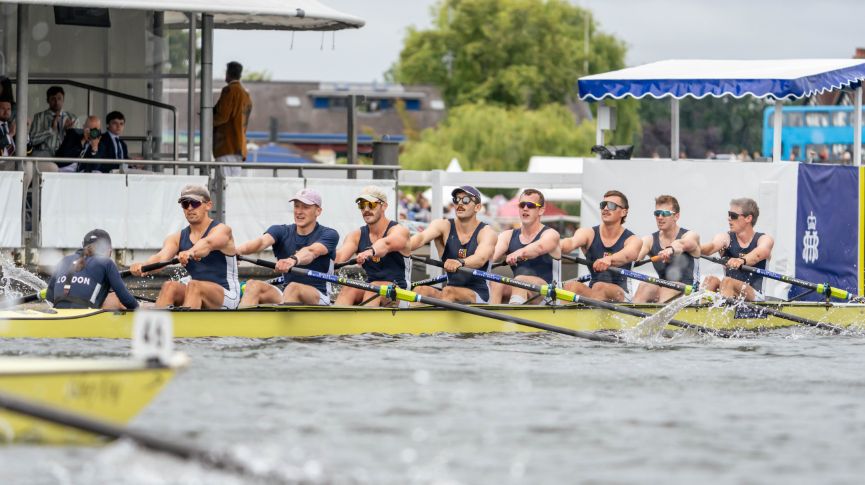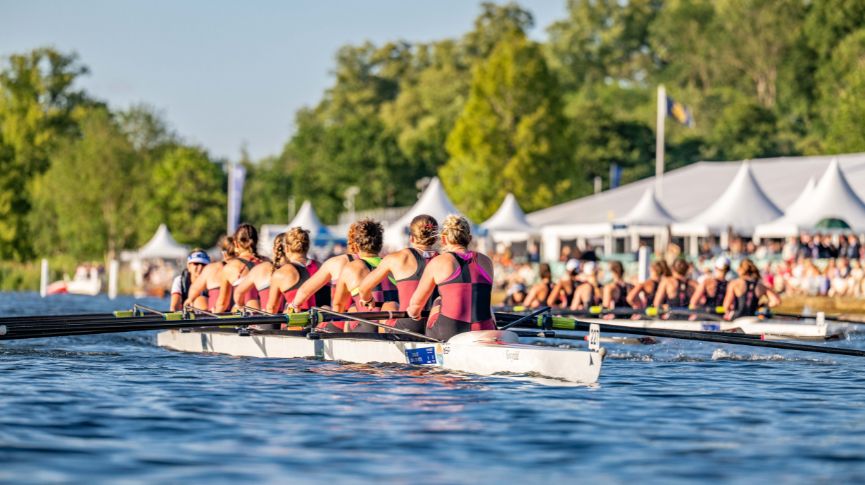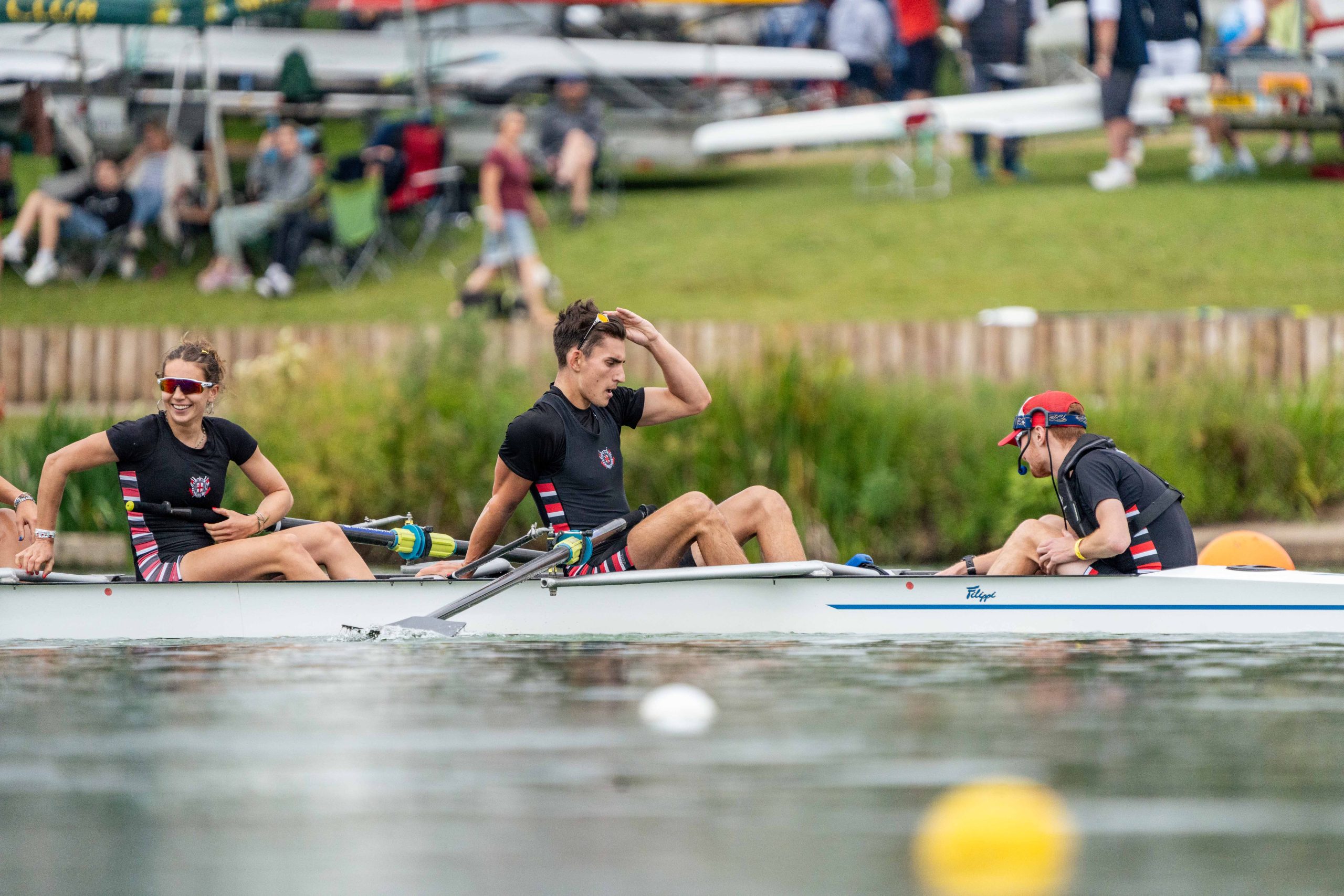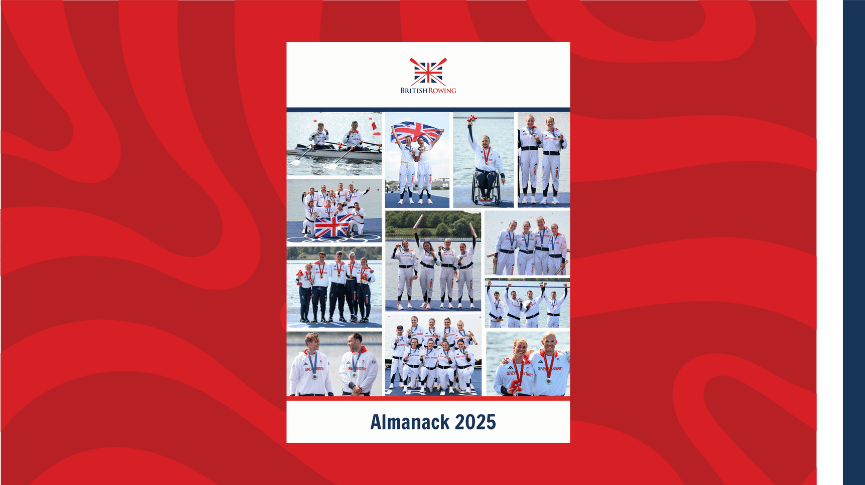How coaches can ensure beginners enjoy their first sessions
Level three rowing coach Carol Cornell provides coaching tips for the first session and beyond
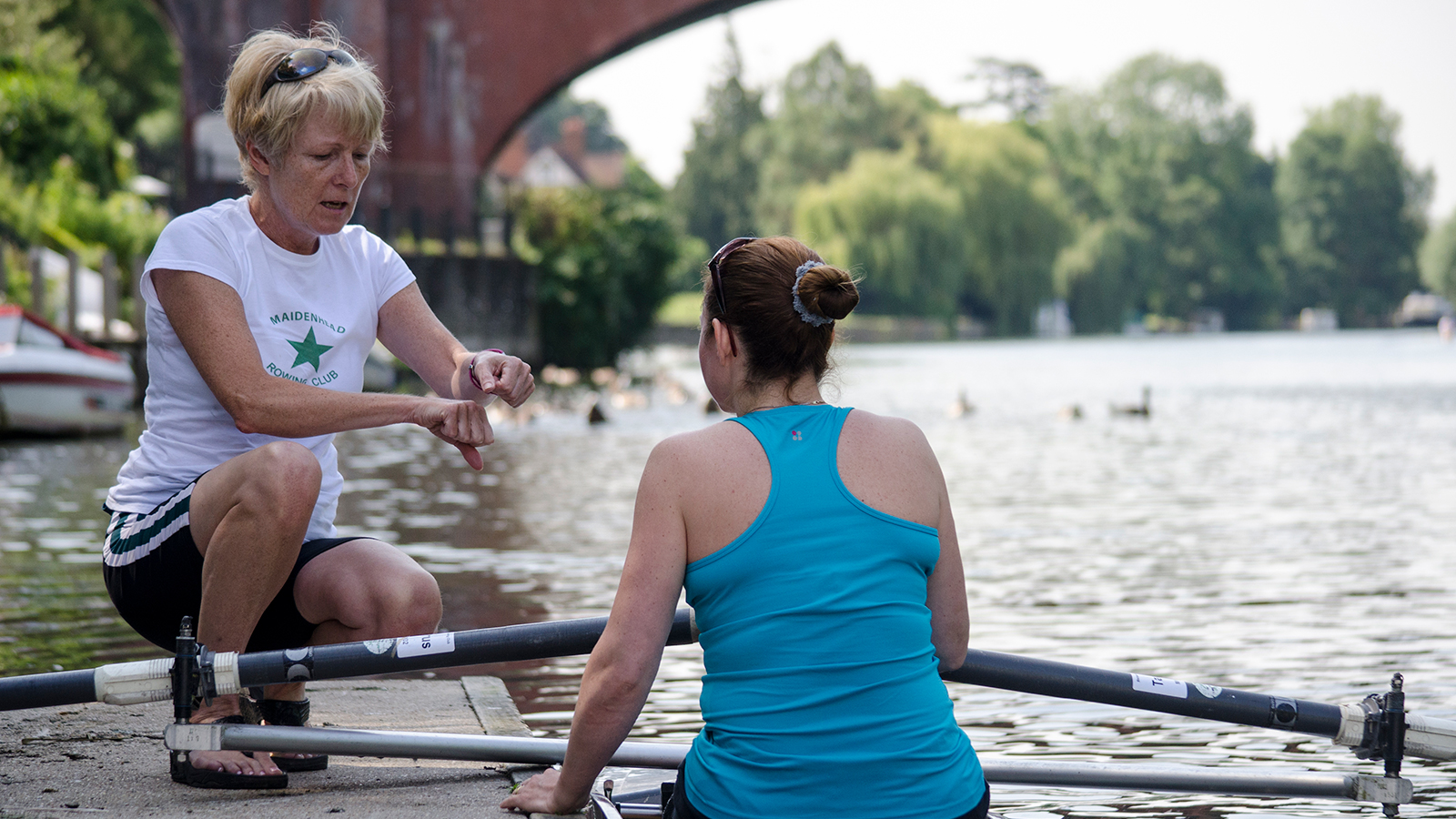
Coaches of beginners can be just as daunted by the range and diversity of a ‘newbie’ group as the new arrivals themselves!
Through enthusiasm, engagement, knowledge and experience we can put together a safe, but fun, development plan for all beginners that allows our rowers to be proud of incremental improvements and achievements. The plan should recognise that ‘success’ may look and feel very different for each of our aspiring oarsmen and women.
How to do it?
There are three main activity areas for us to address when working with our beginner rowers on the stroke: fun, stability and sequencing.
Fun
Why fun first? Our overriding consideration has to be for our aspiring rowers to enjoy themselves and for coaches to fill them with the desire to come back time after time. If coaches enjoy it too then even better. Laughter is a great recipe for success.
Stability
Giving our athletes the confidence to take the first step into a boat requires them to have an understanding of stability.
While there are plenty of entertaining activities that can take place on the water, it’s worth allowing new rowers to get some of the basics under their belt by spending time on an introductory land session.
A first session on the ergo enables the subsequent water outing to be safer for beginners and significantly less stressful for the coach – allowing the first boat session to become more about the early stages of water skill development and less about crew and coach survival!
Stability with beginners can be taught well through some strong visuals, utilising apps such as Coach’s Eye. They will make it easy to demonstrate the symmetry, parallel and straight lines running through and across the body to give newbies a strong visual sense of actual, versus perceived, positioning of their body and limbs. You can check out Coach’s Eye at www.coachseye.com .
Teamwork and the enjoyment that it brings is a great way to form group bonds and engage the group with the activity.
With the beginners in small groups and one ‘willing’ volunteer on the ergo, while the others gather round, the new rower can be introduced to standard slide and body positions. The coach walks round the rower to check the correct position. The first learner then becomes the teacher to the next person in the group while the others look on and so on – giving the coach a chance to walk along and check as the learners explain to each other and describe how each slide position feels. As a former school rowing coach, listening to those explanations makes for some entertaining moments… “Miss, my body doesn’t do that!”
Never miss an opportunity to reinforce teamwork, build enthusiasm and develop communication!
Sequencing
The next step is to highlight sequencing by teaching novice oarsmen and women that the individual components of the rowing stroke are linked to form a fluid movement and that it really is possible to achieve this in a relatively short period of time. Again video apps can help highlight the sequencing of movements as the learner progresses. A great time for them all to see their rowing faces!
The first land session could finish with a mini competition with small groups rowing a limited number of kilometres in a team relay, rate capped or at a free rate. The prize? The adulation of their peer group or jelly babies all round.
On the water
Teamwork on land translates to teamwork on the water. Learners can either work in twos together in singles, fours or a quad or in any boat combinations.
Slide and body positions learned on the ergo can be reinforced in the boat in a fun way. You can highlight target hand-heights with tape on the backs of the oarsmen or have straws in the boat at the catch. Use coloured tape at different slide positions, even down to a post-it note on the back of the person in front with a smiley – code for ‘head up and centred body’. You can even ask crewmates to wear t-shirts with graphics on the back. These are also great markers besides providing the rower behind with an interesting visual.
Trying to keep beginners out of the water in singles, when working on skill development is a challenge.
Playing ‘how far can I go’ on rigger dips without falling in can become a game of one-upmanship once the first person is in. Why not follow this with such character-building activities as standing up and turning 360 degrees in the boat and ‘gondoliering’. This involves standing up, holding the supporting blade firmly between the lower legs – flat as a stabiliser while ‘gondoliering’ with the other blade. Perhaps one to watch and not demonstrate!
Balancing and learning skills for stability are relatively straightforward in doubles and quads. In fours and eights it becomes more about testing the individuals’ hand-heights while working within a stable framework.
Bigger boats offer great learning potential but the lowest denominator of a beginner single has to be the best value for positive learner outcomes such as enhanced confidence and an awareness of limb and trunk positioning.
These are all my ideas for injecting fun into your coaching sessions.
This article first appeared in the December 2015 edition of Rowing & Regatta.


